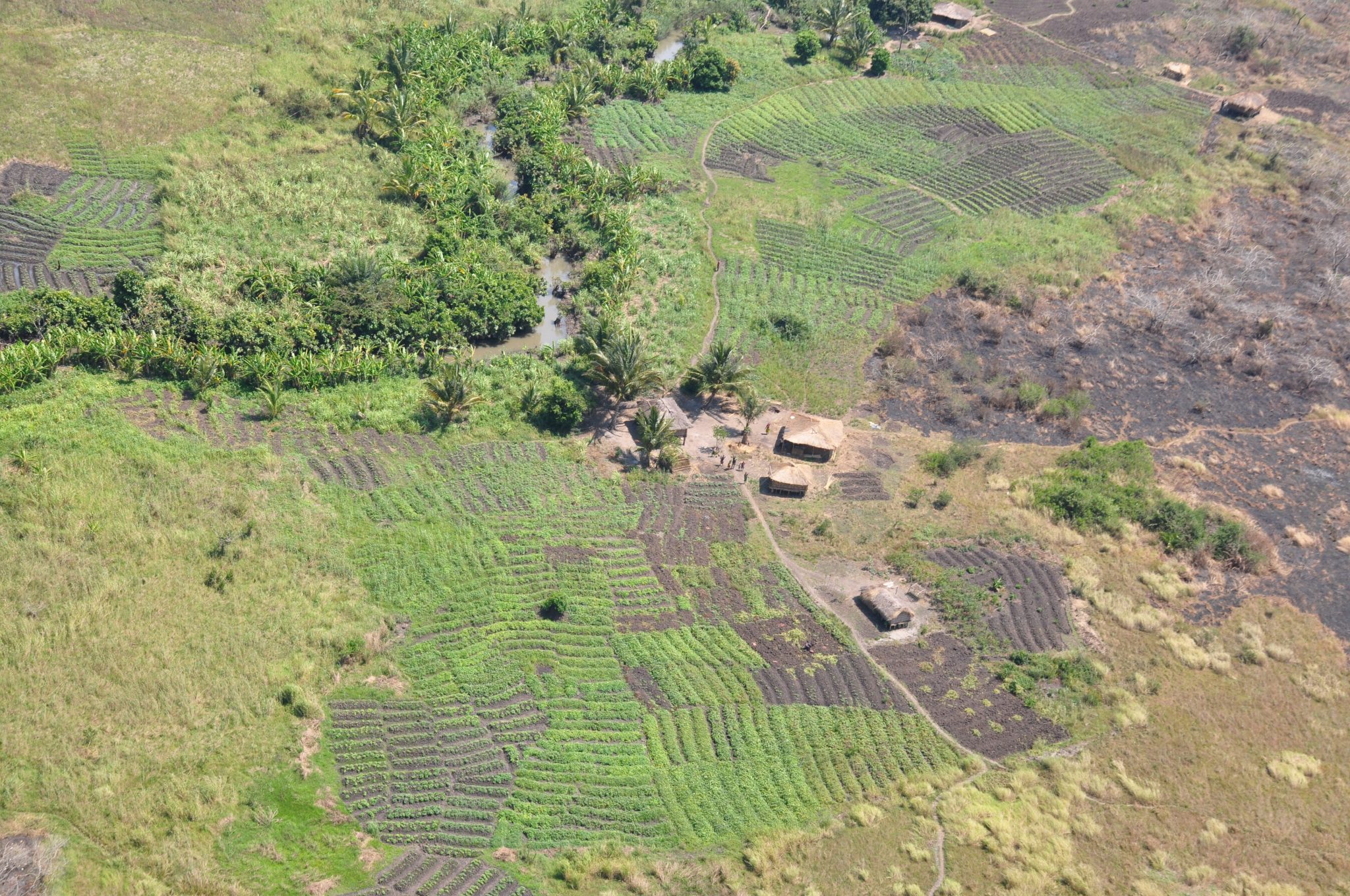University of South Australia (UniSA) Business School
The Challenge
Despite government irrigation schemes, regions of Mozambique, Tanzania and Zimbabwe suffer from food insecurity due to ineffective water governance, land degradation and weak market integration. Food security is a particular issue in the region because a majority of the population relies on subsistence farming or agriculture to earn a living.

Research Impact Summary
- Previously unused land in areas of Mozambique, Tanzania and Zimbabwe is now flourishing and new communities are growing thanks to the breakthrough, which involved simplifying the technical aspects of irrigation
- Researchers designed a cheap and easy to use management tool which, in conjunction with facilitated forums known as Agricultural Innovation Platforms (AIPs), connects small-scale irrigators to new markets, better infrastructure, and improved knowledge and financing option
- More than 1,700 farmers directly involved in the project – funded by the Australian Centre for International Agricultural Research – reported a range of positive impacts, including more profitable crop varieties, reduced watering frequency and land use growing from less than 40 per cent to near 100 per cent
- Irrigation “tail-end users” – those positioned at the end of irrigation canals – were able to produce crops reliably for the first time with the better quality and more reliable water supply that had previously been taken by upstream irrigation.
Water with Less Waste
Over the past 25 years UniSA researchers have embedded themselves in communities in Australia and overseas, solving problems that have led to effective water use and new policies.
Contributions to water research have involved Interdisciplinary collaborations across UniSA including the International Centre of Excellence in Water Resources Management, the Centre for Water Management and Reuse, and the Centre for Sustainability Governance (CSG).
Dr Martin Moyo, a scientist at International Crop Research Institute for the Semi-Arid Tropics (ICRISAT), said it was ‘through this project, through better economic practices, through better technologies, and through better use of water management that we’ve realised such tremendous [crop] yields’.
Flow-on Effects
Another spin-off benefit is that many households have been freed up to diversify into other small businesses. They report increased ability to spend on farm equipment, land improvements, and education for their children.
In Zimbabwe, female farmer Sihle Sibanda’s daughter was able to commence university studies – the first child from the scheme to receive a tertiary education. She said, ‘Many farmers think that to have a business is to have a shop, but they need to see their plots are businesses too.’
Critically, using labour time saved from reduced irrigation frequencies, many households have diversified effort into other small businesses. Between 37 percent and 83 percent of households report their off-farm income has improved and report increased ability to spend on farm equipment and improvements (58-82 percent) and education for their children (42- 72 percent).

Policy and Legislative Streams
The UniSA research has also spurred policy and legislative changes, alongside improvements to land tenure and financing arrangements. For example, in Zimbabwe authorities cancelled US$200,000 in debt allocated to irrigators. Sithembile Ndema, Policy Officer, Food, Agriculture and Natural Resources Policy Analysis Network (FANRPAN) observed, “We had farmers actually getting into conversations with the Zimbabwean water authority…The farmers have benefited because they are now able to not just suffer in silence, but they now have a platform where they can engage.”
Better irrigation water management reduced watering frequency by 36-63 percent. As a direct result, for the first time irrigation tail-end users (at the end of irrigation canals) were able to produce crops reliably because upstream farmers were using less water.
Unused land was brought back into production and a process was instituted for reallocating unused plots, bringing new, younger farmers and more women into the irrigation communities.

Farmers began using certified seeds and quality fertilisers to grow a greater variety of more profitable crops. Between 43 percent and 81 percent of households experienced an increase in production of more than 25 percent for their main irrigated crop and more than 60 percent reported that the price achieved for this crop has increased. Overall, better practices have doubled yields while using half as much water.
Dampening Down Social Conflict
Social conflict has dramatically decreased because there is less friction between upstream and downstream irrigators. The project also influenced gender roles, with participants (33-75 percent) reporting more gender equality in leadership.
A tranche of policy and legislative changes, alongside improvements to land tenure and financing arrangements, have also been achieved.
Major debt refinancing was undertaken in Zimbabwe, removing US$200,000 in debt allocated to irrigators, based on recalculations driven by the AIP data and advocacy. Sithembile Ndema, Policy Officer, Food, Agriculture and Natural Resources Policy Analysis Network (the global policy agency in the field) observed, ‘we had farmers actually getting into conversations with the Zimbabwean water authority… The farmers have benefitted because they are now able to not just suffer in silence, but they now have a platform where they can engage.’
Scaling and Generational Change
The social and institutional insights achieved by the project is testified to by the Director of the National Institute for Irrigation in Mozambique, Mr Paiva Munguambe: “Knowledge. Knowledge is one of the keys. If you have knowledge, you know that you can transmit it from generation to generation (that) expertise on how to deal with soil and water management with regards to irrigation.”
Critically, the AIPs have become self-sustaining and are organically ‘outscaling’ to other farming communities. At half of the schemes, farmers now operate the AIP to invest in communal harvesting, processing machinery and warehousing independent of the research team. Participating government officials now apply the AIP model to the many other irrigation schemes in their control.
As Sithembile Ndema, Policy Officer at FANRPAN notes, ‘I think this research project is uniquely placed in that it’s bringing the experts from Australia to work with African researchers so there’s the issue of capacity strengthening…this project brings different players because it tries to bridge the gap between research and policy.’
For further details, read the Impact Study on the ARC website.
Share
Explore our other communications & learn more
We’ve collated all of our communications into the one place for your consideration, click one of the below buttons to explore each category.